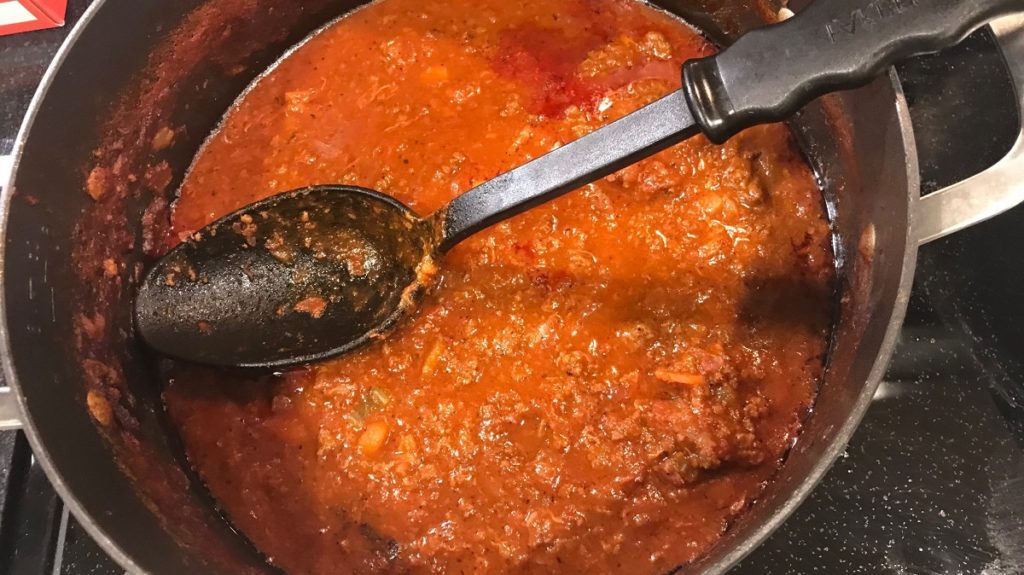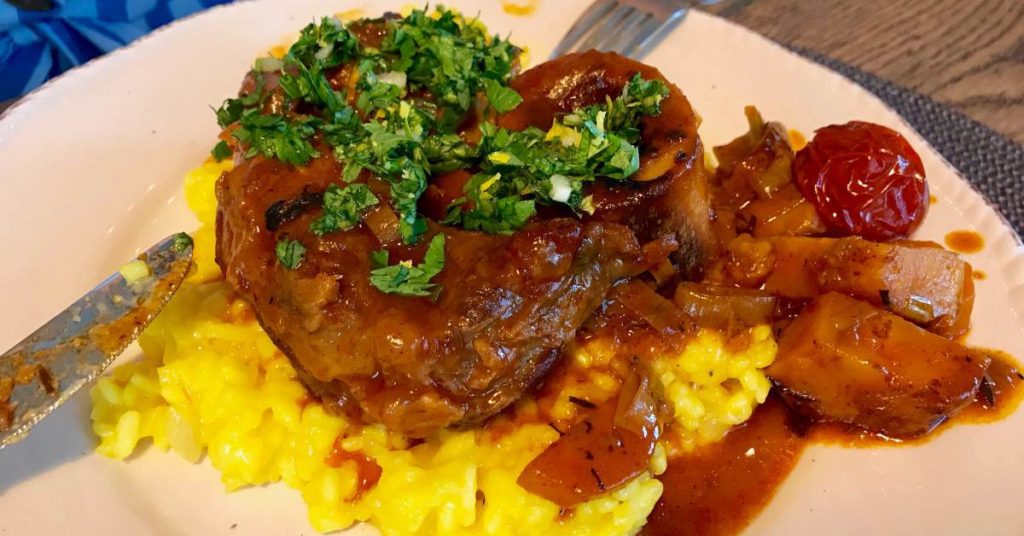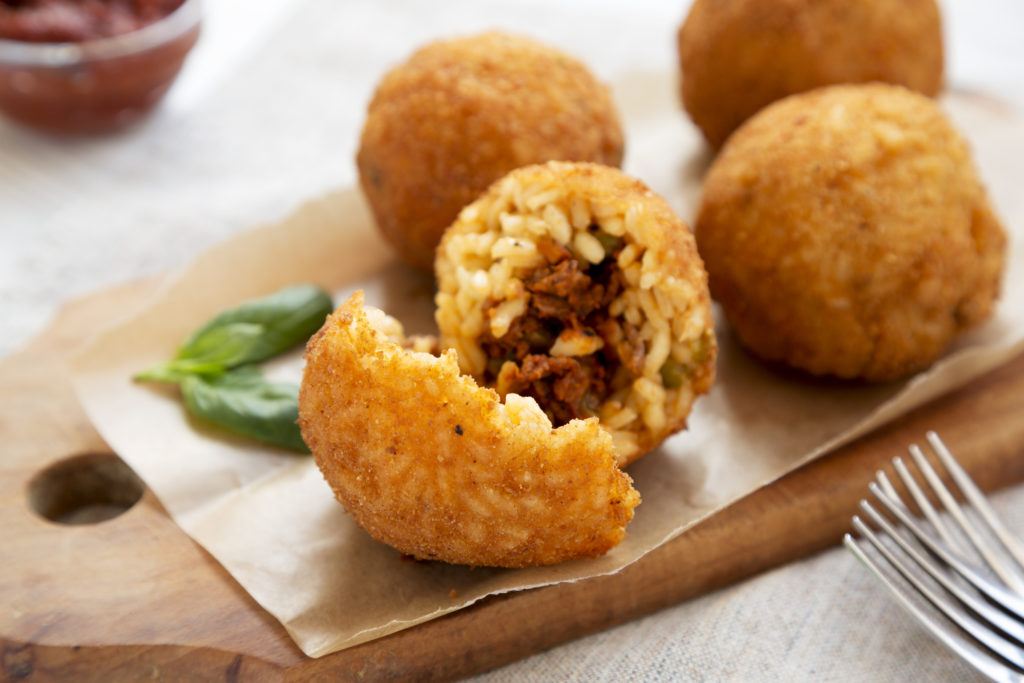Authentic Italian food is diverse in the way that it fits both Michelin star restaurants and comforting home cooking. Depending on the recipe and how the food is presented, some of the most well-known and loved recipes can become home-cooked favorites or delicate culinary delights. Depending on your preference, you might think that traditional, home-cooked Italian food is the true heart of Italian cuisine.
In this article, we’re going to be focusing on traditional recipes from authentic Italian sources that would make any Italian grandma (nonna) proud. These are recipes that have been passed down for generations, with small ingredients that can make a big difference in the overall taste and authenticity of the dish.
1. Ragù alla Bolognese
Ragù alla Bolognese is more commonly known to the world as ‘bolognese sauce,’ and it is probably the most popular Italian dish outside of Italy. But here’s the thing – as a dish, it is often cooked incorrectly. The first written sources for Italian ‘ragu’ recipes come from the 1800s, and although many aspects of the recipe have changed over the years, some of the basics remain.
The recipe we’ve linked here comes from Emilia-Romagna, which is one of the regions of Italy best known as the heart of much Italian cuisine. It includes some Italian staples, such as a half-half mix of pork and beef mince and a combination of finely chopped onion, carrots, and celery.

A mix of two different types of meat gives you the rich texture of the beef and the fatty content of the pork. The inclusion of red wine, although optional, does wonders for the authenticity of the dish. All in all, this is a simple Italian staple that would make any Grandma proud.
2. Neapolitan Ragù
Neapolitan Ragù is the other best-known ragù from Italy. It has its roots in Naples and differs from ragú alla Bolognese with its tougher, multiple types of meat and overall thicker texture. This recipe includes lard, beef muscle and steak, pork chops, and pork leg, as well as a lot of extra ingredients for taste. Traditional Neapolitan Ragu is served with Rigatoni and often includes grated parmesan cheese on top.
3. Chicken Cacciatore
This is a recipe of unknown Italian origin that consists of braised chicken or rabbit. Cacciatore means “hunter,” suggesting it originated from smaller, peasant communities from whatever meat people would hunt. The recipe we’ve found for you where consists of chicken legs, San Marzano tomatoes, two kinds of mushrooms, and some other earthy vegetables such as leeks, artichokes, and black olives.
4. Chicken Parmigiana
This is a recipe that comes from a slightly later time period than the dishes above. Chicken Parmigiana didn’t actually originate from Italy in the same way other recipes on this list have. Instead, it’s a dish that was created by Italian immigrants living in Northeast USA.
By the 1950s it became a staple in Italian-American food and has spread worldwide. With this recipe, we’ve tried to find something that is as close to the original versions of this dish as possible, as the popularity of this dish over the 20th and 21st centuries has created many variations that differ from some of the authentic Italian ingredients.
5. Ossobuco
Ossobuco is one of the specialty dishes of Lombard cuisine. Food hailing from the Lombardy provinces of Italy tends to more heavily feature stuffed pasta, rice, and butter as a replacement for olive oil.

Traditionally, Ossobuco comes as a broth containing veal shanks and vegetables and can be served with a few different types of carbs such as risotto or polenta. For this recipe, we’ve found one that contains braised veal shanks and a stock made up of white wine and tomatoes. It’s worth noting here that Lombard cuisine tends to be all about slow cooking, which is why veal is the choice meat for this dish.
6. Casoncelli
Casconcelli is another staple within the Lombardy province of Italy and it’s very close to what most people would recognize as ravioli. There are lots of variations of this dish in terms of what goes in the pasta, but we’ve chosen this recipe which includes veal, various cuts of pork, onion, carrots, pears, and celery. It comes topped with bacon and parmesan cheese.
7. Cacio e Pepe
Cacio e pepe translates to “cheese and pepper,” and it’s an incredibly simple Roman pasta dish. Although there are alterations you can make and additional ingredients that you can add to taste, traditional it only features pasta, cheese, and black pepper. It’s very suited for this article because of its simplicity – it’s the exact kind of comfort food that an Italian grandmother might make you!
We’ve chosen this recipe here as it guides you to use Pecorino-Romano cheese, which is the authentic and traditional ingredient for this dish. That’s not to say you can’t use other types of cheese, but Pecorino-Romano is going to give you that authentic touch that will make your Cacio e Pepe stand out.
8. Arancini
This is more of a side dish rather than the main meal, but Arancini are delicious little riceballs hailing from the south of Italy. Traditional Sicilian Arancini are simply riceballs that are stuffed, coated with breadcrumbs, and then deep-fried.

The recipe we’ve included here includes meat ragu as well as Roma and Originario rice. This is a great option if you’re looking for a starter or something to add on the side of a more complex dish.
9. Caponata
Scillian cuisine also offers some adventurous vegetarian options, so if you want to try a dish you may not have heard of, check out this Caponata recipe. Caponata traditionally contains fried eggplant, celery, olives, capers, tomato sauce, and an agrodolce sauce.
Trying to pinpoint an original recipe in terms of what vegetables you include here can be difficult as so many different variations exist, but as long as you include what we mentioned above, it’s likely to be a hit. It’s also worth noting that there are several variations that include seafood such as tuna, octopus, and swordfish if you want something containing additional protein.
10. Agnolotti
The Piedmont region of Italy is well mown for its rich and savory nature. If you’re looking for something similar to ravioli, then this could be a great option for you. Traditionally, Agnolotti are small pieces of pasta that contain roasted meat and vegetables.
This recipe teaches you how to make the pasta from scratch, and includes a ricotta filling that you can easily add meat to if you’d like.
11. Gianduiotto
For our first dessert item on this list, we’ve chosen a staple from Piedmont. Gianduitto is a kind of chocolate that is uniquely shaped like tiny ingots. You’d probably have to have a particularly skilled Italian Gramda to make this recipe for you, but anyone hailing from Turin has a chance of knowing how to make these themselves.
The recipe here uses Nutella as the Hazlenut Cream filling, but a more authentic version would be to use something like CremaNovi. It’s also worth noting that in order to get the authentic shape for Gianduiotto, you’re going to need to purchase the appropriate mold.
12. Gnocchi
Gnocchi is another one of those dishes that has been adopted worldwide and changed from its original ingredients. In short, Gnocchi are small pieces of dough that are made up of semolina, wheat flour, cheese, potato, and egg.
There are hundreds of variations to Gnocchi, but we’ve gone with this simplistic potato version that gives you a few variations in terms of sauces including red pepper sauce or garlic and brown butter sage sauce.
13. Pasta alla Carbonara
This dish comes from the region of Lazio, and is probably one of the most famous Italian dishes in the world. It has its origins all the way back somewhere in the 18th or 19th century but has since become more standardized in the 20th century. For an authentic Carbonara, you’re going to need to use eggs, cheese, cured pork, black pepper, and spaghetti
We’d like to point out there that spaghetti isn’t the only choice in terms of pasta, and other authentic forms have used linguine, bucatini, and fettuccine. The recipe we’ve chosen here is simplistic, including nothing more than spaghetti, parmesan, egg yolks, pancetta, garlic, salt, and black pepper.
14. Vermicelli alla Puttanesca
This is a slightly newer dish from Naples that was probably created somewhere in the mid-19th century. Because of its popularity, it is another Italian dish that is often served with variations compared to its traditional roots. Puttanesca generally consists of olives, anchovies, tomatoes, capers, and chili peppers; with the pasta of choice being either vermicelli or spaghetti.
We know that when you’re searching for Italian recipes you are usually overwhelmed by the number of times spaghetti is chosen, so for this recipe, we’ve gone with Vermicelli. Just know that spaghetti works equally well and the overall composition of the dish won’t change too much.
15. Zeppole
We’re going to finish our list off with a dessert that any Grandmother would love to feed you. Zeppole is the staple for Saint Joseph Day’s celebration and is a pastry that consists of a deep-fried dough ball with various fillings and toppings.
The recipe we’ve chosen here contains a pastry made up of butter, sugar, water, flour, and eggs. For the filling, we have a mix of egg, sugar, milk, potato starch, and vanilla extract. These are topped off with sprinkled sugar and Fabbri cherries.
Final Thoughts on Italian Grandma Recipes
So there we have it – that was a list of 15 traditional Italian recipes that any Grandmother would be proud of. We hope that his article has given you some ideas for some traditional Italian food that is both comforting and adventurous, and wish you the best of luck on your future culinary creations!
